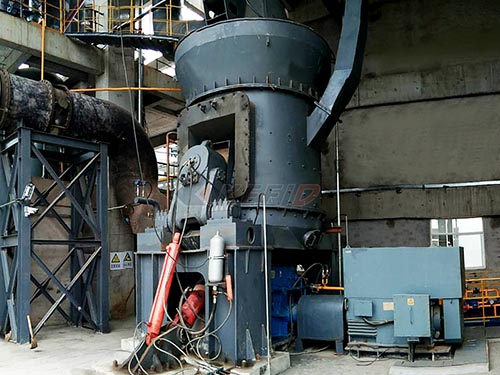Mobile Crushing: Revolutionizing Railway Ballast Production and Renewal
The relentless expansion and meticulous maintenance of global railway networks demand vast quantities of a specific, critical material: railway ballast. This layer of crushed stone beneath the sleepers (ties) is far more than mere filler; it is the literal bedrock of track stability, drainage, and longevity. Traditionally, producing this essential aggregate involved large, fixed quarries feeding equally large, fixed crushing plants, with significant logistical hurdles and environmental footprints. The advent and refinement of mobile crushing technology have fundamentally transformed this landscape, offering unprecedented efficiency, flexibility, and sustainability in sourcing and renewing railway ballast. This article delves into the mechanics, advantages, applications, and future trajectory of mobile crushing for railway stone.
The Indispensable Role of Railway Ballast

Understanding the revolution requires appreciating what ballast does:

1. Load Distribution: Transfers immense train axle loads from sleepers to the wider subgrade, preventing track deformation.
2. Track Alignment & Stability: Provides lateral resistance to sleepers, anchoring the track structure against movement from trains or thermal expansion.
3. Drainage: Highly permeable structure allows rapid runoff of rainwater and groundwater away from the track foundation.
4. Facilitates Maintenance: Allows for tamping (lifting/packing sleepers) and track realignment.
Ballast isn’t just any rock. It must meet stringent specifications:
Hardness & Durability: High resistance to crushing (Los Angeles Abrasion test), weathering (Sodium/Magnesium Sulfate Soundness test), and freeze-thaw cycles. Igneous rocks like granite or basalt are ideal.
Particle Shape & Size Gradation: Angular particles interlock effectively. Strict gradation curves ensure proper voids for drainage while maintaining stability (e.g., 50mm to 20mm nominal sizes).
Cleanliness: Minimal fines (dust/clay) to prevent clogging (“pumping”) which compromises drainage.
The Traditional Challenge: Fixed Plants
Historically:
1. Quarry Dependency: Ballast had to be sourced from specific quarries meeting geological requirements near rail lines or transport corridors.
2. Fixed Crushing Plants: Large primary crushers (jaw/gyratory), secondary/tertiary crushers (cone/impact), screens, conveyors – all bolted down in massive concrete foundations.
3. High Transport Costs: Hauling raw stone long distances to

Leave a Reply